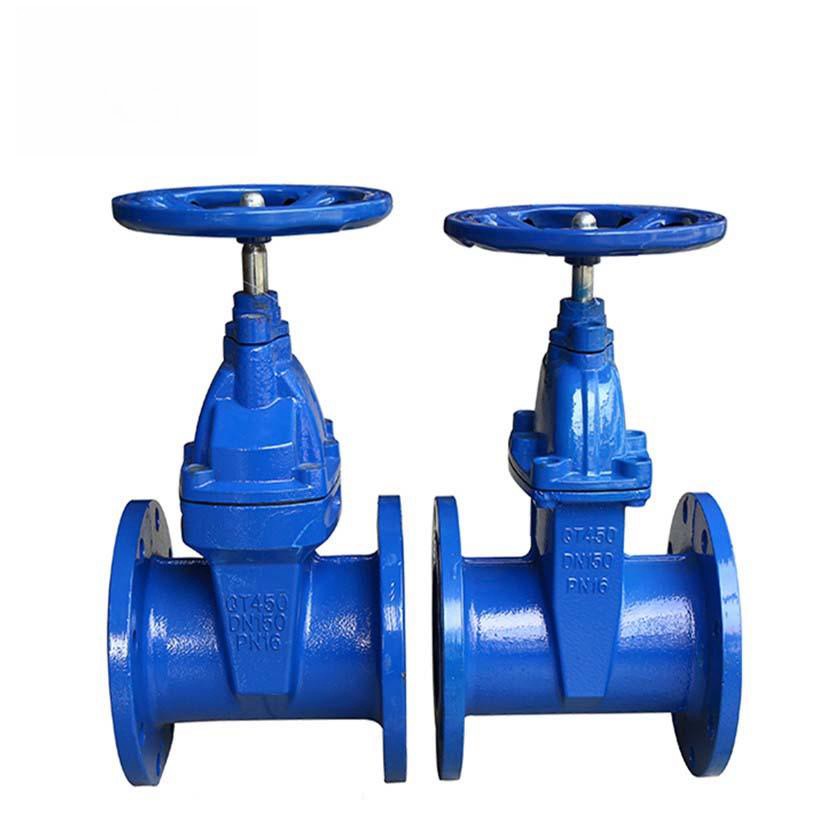6 lug butterfly valve
Understanding 6 Lug Butterfly Valves
In the realm of fluid control systems, butterfly valves are among the most essential and widely used components, particularly in industrial applications. One specific type that stands out is the 6 lug butterfly valve. This valve mechanism is crucial for efficiently controlling the flow of liquids and gases through pipelines while ensuring minimal pressure loss.
What is a Lug Butterfly Valve?
A lug butterfly valve employs a disc that rotates around a central axis, allowing for a quick and efficient flow opening and shutting mechanism. The “lug” design refers to the presence of protrusions or lugs on the valve body that facilitate easy installation and removal from a pipeline. These lugs allow for the valve to be installed between two flanges and provide distinct advantages in both bi-directional flow systems and full-flow systems.
Construction and Design Features
The construction of a 6 lug butterfly valve involves various materials tailored for specific applications, ranging from stainless steel to ductile iron and PVC. The choice of material often depends on the medium it will control—whether it be water, steam, or aggressive chemicals. Typically, these valves include features such as
1. Disc Shape The disc is usually designed in a circular shape to provide optimal flow characteristics. 2. Stem The stem is crucial for connecting the valve handle to the disc, allowing for easy operation. 3. Seat Material The sealing surface is vital as it ensures no leakage occurs during operation. The materials used for seats can vary to accommodate different pressure and temperature conditions.
6 lug butterfly valve

Operational Efficiency
The 6 lug butterfly valve operates with minimal torque, making it energy-efficient and easy to handle even in large-scale applications. This efficiency is primarily due to the lightweight nature of the disc and the streamlined flow characteristics which reduce resistance. In scenarios where space is limited, or where quick shut-off capabilities are crucial, the 6 lug butterfly valve proves to be an outstanding choice.
Applications
These valves find applications across various industries, including water treatment plants, chemical processing facilities, and HVAC systems. Their ability to handle large volumes and effectively control flow makes them ideal for both high-pressure and low-pressure settings.
Conclusion
In summary, the 6 lug butterfly valve is a vital component within piping systems, offering unique benefits such as efficient flow control, versatility in applications, and ease of installation. As industries continue to evolve, the demand for reliable and efficient fluid control systems will likely keep the relevance of the 6 lug butterfly valve at the forefront of engineering and design discussions. As technology advances, innovation will continue to enhance the performance and reliability of these indispensable valves.
-
Premium Gas Ball Valves: Safe & Reliable Flow ControlNewsAug.31,2025
-
High-Security Lockable Gas Valve - Tamper-Proof ControlNewsAug.30,2025
-
Reliable Hydraulic Valves for Efficient Fluid ControlNewsAug.29,2025
-
Reliable Electric Actuators for Industrial Valve AutomationNewsAug.29,2025
-
Premium Line Blind Valves for Secure Pipeline IsolationNewsAug.29,2025
-
Premium Electric Valves for Smart Fluid Control SolutionsNewsAug.29,2025
-
Precision Balanced Valves for Optimal System PerformanceNewsAug.29,2025




